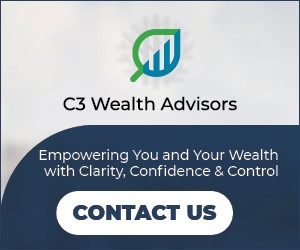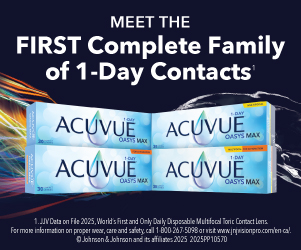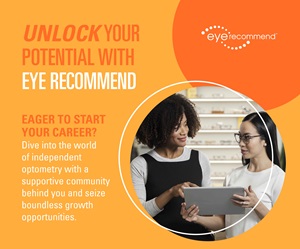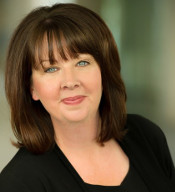
In a recent Eyes Wide Open podcast hosted by Dr. Glen Chiasson, Jackie Joachim, COO of ROI Corporation, Canada’s leading health professions business broker, stated that when it comes to buying/selling practices, Optometry is 10 years behind Dentistry and 5 years behind Veterinary professionals Listen to the Podcast.
Eye Care Business Canada asked Jackie, based on her 25+ years of experience, to share her thoughts on why Optometry is behind the other health professions. Here are her top 7 reasons.
By Jackie Joachim, COO ROI Corporation.
- There are more 3rd parties that value practices for Dentistry and Vets
There are more active players in Dental in the past 10 years and Vets have increased. Eye care doesn’t have the same number of interested parties, so far. Corporate acquisitions in dentistry took off in 2008 and vets 5 years later. We now see many more groups with capital reaching out to us for optometry and optical stores. - Banks needed to catch up with optometrists
Until about 2017, banks did not provide 100% financing for OD practices. Bankers may have thought of optometry as more a retail business than a health care professional because of the sale of eyeglasses and contacts. However, most of the major banks now put optometry in the same category as dentists and vets. - Education on valuation is still in a developing phase
In the other professions, more private groups, like ROI Corporation, are expending more effort on seminars and articles educating practice owners. Dentists have greater access to relevant information. We are starting to change that with our efforts in eyecare. When we do appraisals, most of the clients are pleasantly surprised at the value. - The law of supply and demand
Dental may have the biggest return for lenders and brokers because their values in equipment and building out are significantly higher. But the competition is also greater for market share. Vets were the next choice and now people are realizing that optometry presents the same opportunity. Hence the reason we moved into this space 8 years ago and are now seeing greater momentum from our efforts. - Advisors in the industry tend to be other optometrists
Unfortunately, professions initially trust their own instead of an objective outside professional brokerage like ours. Years of experience with thousands of successfully closed deals cannot be replaced by someone who dabbles in the business on a part-time basis. Within eyecare we have completed a significant number of projects, which gives us great objective insight to the eye care business. Professional expertise applied with sector insight provides the best value for clients. - The EBITA formula trap – Just do the math!
Straight formulas miss the nuances of a practice to be recognized, such as long-term leases without demo clause, highly attractive location, policies within the office etc. ROI intentionally applies a cash earnings methodology that catches these nuanced factors. ODs are not as educated on value and are still more receptive to private deals using simple formulae. They risk accepting an offer that looks attractive but is really lacking. - Consumer awareness and penetration is lower for eye care.
It’s well known that Dentistry has promoted their profession remarkably well over the decades (often with the assistance of related commercial interests like toothpaste!) The number of dentists to patients ratio has significantly increased to the point of oversaturation. The number of Vets has also grown due to the positive publicity pertaining to pets. Small animal clinics have gained a lot of positive exposure helping clients see the value in the role of vets. By comparison, eye care has not marshalled the resources that provide the scope and intensity of professional promotion required to create the same level of top-of-mind awareness among consumers. This ultimately trickles down to valuation.
Fortunately, we do see positive trends in all these areas notwithstanding the factors that might be working against a more professional and robust acquisition market and higher practice valuations in eye care.
We expect the gap between optometry and the other health professions to close and are proud to do our part in bringing education and a professional approach to the industry.
Jackie Joachim is the Chief Operating officer for ROI Coporation. ROI specializes in assisting healthcare professionals in the Optometry, Dental and Veterinary spaces appraise and sell / transition their practices.


























